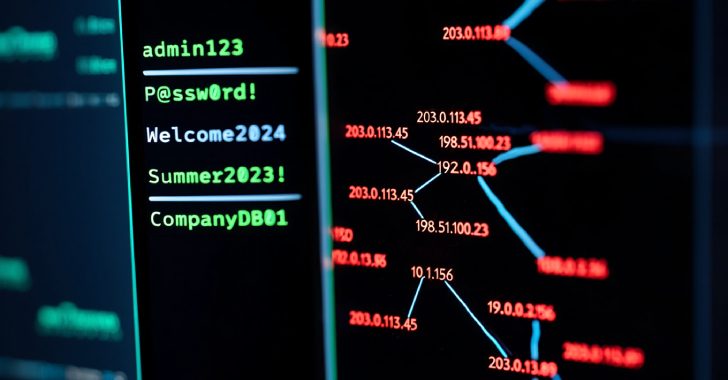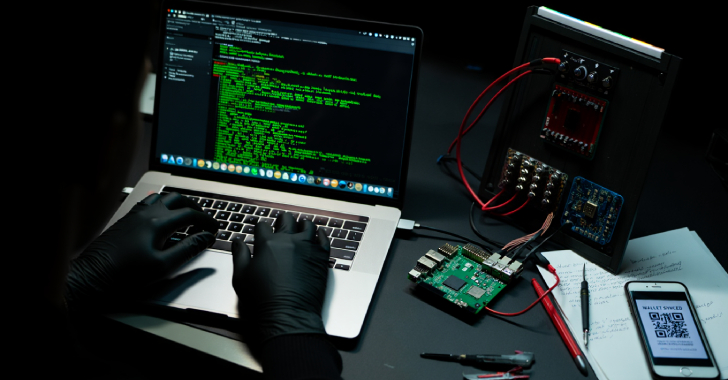
A vCSM Checklist (Virtual Cyber Security Manager Checklist)
As technology continually evolves, so do the threats that aim to compromise it. Cybersecurity is no longer just a concern for large corporations but an essential consideration for every organization, regardless of its size. A Virtual Cyber Security Manager (vCSM) is an essential role that helps organizations protect their digital assets and sensitive information. Here’s a comprehensive checklist to ensure that your vCSM is equipped to secure your virtual landscape effectively.
- Assess Current Security Posture:
Risk Assessment: Conduct comprehensive risk assessments to identify vulnerabilities and threats across all systems and applications.
Asset Inventory: Maintain an updated inventory of all digital assets, including software, hardware, and data.
Compliance Requirements: Identify and understand the applicable regulatory and compliance requirements for your industry.
- Develop and Implement Security Policies:
Security Policy Framework: Develop a comprehensive security policy framework that includes policies, procedures, and guidelines.
Access Controls: Implement strict access controls, ensuring only authorized personnel have access to sensitive data and systems.
Incident Response Plan: Develop and maintain an incident response plan that outlines the steps to be taken in the event of a security breach.
- Deploy Advanced Security Technologies:
Firewall and Intrusion Prevention: Ensure robust firewall and intrusion prevention systems are in place and appropriately configured.
Antivirus and Anti-Malware Solutions: Deploy advanced antivirus and anti-malware solutions across all endpoints.
Encryption: Implement encryption for data in transit and at rest, especially for sensitive information.
- Conduct Regular Security Training and Awareness Programs:
Training Programs: Develop and implement regular security training and awareness programs for all employees.
Phishing Simulations: Conduct regular phishing simulation exercises to test employees’ ability to recognize and report phishing attempts.
Security Updates: Regularly update employees on new threats and best practices for maintaining security.
- Implement Network Security Measures:
Network Segmentation: Divide the network into segments to isolate and protect sensitive information.
Virtual Private Network (VPN): Implement VPNs for secure remote access to the organization’s network.
Multi-Factor Authentication: Enforce multi-factor authentication for all users, especially for accessing sensitive systems.
- Perform Regular Security Audits and Vulnerability Assessments:
Security Audits: Conduct regular security audits to assess the effectiveness of security measures and identify areas for improvement.
Vulnerability Assessments: Perform vulnerability assessments to identify and remediate security weaknesses in the infrastructure.
Penetration Testing: Regularly conduct penetration testing to simulate cyber-attacks and identify exploitable vulnerabilities.
- Manage Security Incidents and Events:
Incident Detection: Employ advanced detection mechanisms to identify security incidents promptly.
Incident Response: Follow the incident response plan to contain and mitigate security incidents.
Post-Incident Analysis: Conduct post-incident analysis to understand the nature of the incident and improve future responses.
- Monitor Security Landscape and Threat Intelligence:
Threat Intelligence Feeds: Subscribe to threat intelligence feeds to stay updated on emerging threats and vulnerabilities.
Security Forums and Communities: Participate in security forums and communities to share knowledge and learn about new security trends and best practices.
Vendor Communication: Maintain regular communication with software and hardware vendors for updates and patches.
- Maintain Data Privacy and Compliance:
Data Classification: Classify data based on sensitivity and apply appropriate security measures.
Data Privacy Regulations: Stay informed and compliant with data privacy regulations such as GDPR, HIPAA, or CCPA.
Compliance Audits: Undergo regular compliance audits to ensure adherence to industry regulations and standards.
- Backup and Disaster Recovery Planning:
Data Backups: Regularly backup essential data and ensure the backups are secure and accessible.
Disaster Recovery Plan: Develop and maintain a disaster recovery plan to ensure business continuity in case of catastrophic events.
Regular Testing: Regularly test backup and recovery procedures to ensure they are effective and up-to-date.
- Optimize Security Budget and Resource Allocation:
Budget Planning: Develop a comprehensive security budget that aligns with organizational goals and risk tolerance.
Resource Allocation: Allocate resources efficiently to address the most critical security needs.
Vendor Evaluation: Evaluate and select security vendors based on their ability to meet organizational security requirements.
- Foster a Security-First Culture:
Leadership Engagement: Engage leadership in promoting a security-first culture within the organization.
Employee Involvement: Encourage employees at all levels to participate in maintaining and improving cybersecurity.
Continuous Improvement: Continuously improve security policies, procedures, and technologies based on lessons learned and evolving threats.
Conclusion:
Implementing a Virtual Cyber Security Manager (vCSM) is critical in the current digital age, where cyber threats are continually evolving. By following this comprehensive checklist, organizations can ensure that they are well-equipped to identify, prevent, and respond to various cybersecurity challenges, thereby safeguarding their assets and maintaining trust with stakeholders.
Remember, the journey to cybersecurity is ongoing, and staying vigilant and proactive is the key to maintaining a secure virtual environment. The vCSM, armed with this checklist, will play a pivotal role in steering the organization towards a more secure digital future.
Contact Cyber Defense Advisors to learn more about our Cybersecurity Manager (vCSM) solutions.





